Discover The Principles of War - Lessons from Military History on Strategy, Tactics, Doctrine and Leadership.
The Principles of War - Lessons from Military History on Strategy, Tactics, Doctrine and Leadership.

The Principles of War - Lessons from Military History on Strategy, Tactics, Doctrine and Leadership.
Author: James Eling
Subscribed: 1,380Played: 44,628Subscribe
Share
© (C) Copyright 2018-2024
Description
Professional Military Education in 30 minute sessions. Historic Battles study through current doctrine to gain lessons learned. Tactics, Strategy, Combined Arms, Military Leadership in a format for Unit PME programs.
We study the great battles to draw the lessons on strategy, tactics and leadership. Get your lessons learned here rather than in AAR format.
We study the great battles to draw the lessons on strategy, tactics and leadership. Get your lessons learned here rather than in AAR format.
196 Episodes
Reverse
This is the sixth episode of our Guadalcanal series with historian and author Dave Holland. This episodes discusses: How close did Japanese forces come to capturing Henderson Field in September 1942? Why was Edson's Ridge the key terrain for defending Guadalcanal's airfield? How did pre-registered artillery fire shape the outcome on Edson's Ridge? What command decisions did Edson make when his defensive plan began to unravel? How did the Marines adapt to Japanese infiltration tactics during the night attacks? In what ways did Edson's Ridge save the Cactus Air Force? Why did Kawaguchi underestimate the Marines defending Henderson Field? What leadership failures forced the September purge of underperforming Marine officers? How did logistics and fatigue shape the Marines' combat effectiveness on the ridge? What lessons from Edson's Ridge matter for modern all-arms defensive planning? Dave is an ex-Marine and was posted to Guadalcananal with the Australian Federal Police. He regularly leads battlefield study tours through the area. He is a world-leading expert on the battles of Guadalcanal and author of Guadalcanal's Longest Fight - The Pivotal Battles of the Matanikau Front. Check out the show notes for this episode. https://www.patreon.com/cw/principlesofwar - if you've learnt something from this episode and you can afford it, please support the podcast at Patreon.
This is the fifth episode of our Guadalcanal series with historian and author Dave Holland. This episodes discusses: Why was Henderson Field the single piece of decisive terrain on Guadalcanal? How did Edson know the main Japanese attack would come over the ridge, not the beach? What went wrong in Kawaguchi's three-pronged night attack on the Marine perimeter? How did fragile Guadalcanal logistics shape the tempo in September 1942? What made Edson's Ridge a natural avenue of approach to the airfield? How did the Tanambogo/Gavutu raider actions tip the Marines to Japanese intentions? What do Edson vs. Kawaguchi show about combat leadership in jungle/littoral fights? How did malaria, dysentery, and hunger blunt Marine combat power before the battle? Why did Vandegrift accept a thin, incomplete perimeter around Henderson Field? How did daily Japanese air raids limit Marine prep of the ridge before 12–14 Sept 1942? Dave is an ex-Marine and was posted to Guadalcananal with the Australian Federal Police. He regularly leads battlefield study tours through the area. He is a world-leading expert on the battles of Guadalcanal and author of Guadalcanal's Longest Fight - The Pivotal Battles of the Matanikau Front. Check out the show notes for this episode.
This is the fourth episode of our Guadalcanal series with historian and author Dave Holland. This episodes discusses: How did the Marines employ the 37 mm gun firing canister at Alligator Creek? Why did Colonel Ichiki attack without heavy weapons— trading firepower for speed and what was the cost? What are the myths about scout Jacob Vouza? How did barbed wire obstacles and coconut-log bunkers employed for to create an engagement zone? How did pre-registered fires shape the Battle of Tenaru? What early warnings did coastwatchers and patrols provide before the assault? How did Marine tanks at dawn finish the fight across the sandbar? What role did the Cactus Air Force play in the Battle of Tenaru? Was Ichiki killed in action or by seppuku—what's the best evidence? What operational lessons from Tenaru guided both sides at Henderson Field? Dave is an ex-Marine and was posted to Guadalcananal with the Australian Federal Police. He regularly leads battlefield study tours through the area. He is a world-leading expert on the battles of Guadalcanal and author of Guadalcanal's Longest Fight - The Pivotal Battles of the Matanikau Front. Check out the show notes for this episode.
This is the third episode of our Guadalcanal series with historian and author Dave Holland. This episodes discusses: How the Marines seized conducted the landing and seized Guadalcanal's decisive terrain. Red Beach landing bypasses IJA fortifications at Lunga Point. Vandegrift prioritizes tight perimeter, airfield defense. Carriers withdraw; logistics halved, myths debunked. Japanese forces surprised and how they reacted. Combined arms landings: infantry, artillery, engineers. What really happened with the Goettge Patrol? Logistics speed amphibious resupply. Amtracs and beachmasters enable rapid combat buildup. Modern littoral operations: enduring risk management lessons. Dave is an ex-Marine and was posted to Guadalcananal with the Australian Federal Police. He regularly leads battlefield study tours through the area. He is a world-leading expert on the battles of Guadalcanal and author of Guadalcanal's Longest Fight - The Pivotal Battles of the Matanikau Front. Check out the show notes for this episode.
This is the second episode of our Guadalcanal series with historian and author Dave Holland. Shoestring invasion planning Koro rehearsals fiasco Risking the aircraft carriers vs time to unload the convoy Crutchley's covering cruisers Rupertus leads Tulagi Blue Beach landing Fighting at "the Cut" Improvised cave tactics Gavutu–Tanambogo battles Tanks combat Dave is an ex-Marine and was posted to Guadalcananal with the Australian Federal Police. He regularly leads battlefield study tours through the area. He is a world-leading expert on the battles of Guadalcanal and author of Guadalcanal's Longest Fight - The Pivotal Battles of the Matanikau Front. Check out the show notes for this episode.
This is the first in a major series of podcasts looking at the Battles of Guadalcanal. This is an interview with Dave Holland. This episode looks at: Guadalcanal's strategic significance Terrain and Climate of Guadalcanal Development of Marine Amphibious Doctrine Combat experience within the 1st Marine Division Strength and structure of a Marine Division US intelligence preparation before the landings Japanese intelligence and intentions US decision to land on Guadalcanal and Tulagi Operation Shoestring Dave is an ex-Marine and was posted to Guadalcananal with the Australian Federal Police. He regularly leads battlefield study tours through the area. He is a world-leading expert on the battles of Guadalcanal and author of Guadalcanal's Longest Fight - The Pivotal Battles of the Matanikau Front.
This is the final episode of three in our series from our interview with Retired Colonel John Antal discussing his research into contemporary combat and how technology is changing the modern battlefield. John makes a series of great points during the interview: Modern War Is Fought in a Transparent Battlespace Visibility through drones, sensors, and AI means traditional massing of forces is now lethal. You must deceive and disrupt enemy sensors or be destroyed. Masking Should Be a Principle of War Masking = multi-domain deception to confuse enemy ISR. Use decoys, optical/thermal camouflage, and emission control—make the enemy see what you want them to see. Camouflage and Concealment Are Critically Neglected Western armies (incl. U.S. and Australian) have virtually no meaningful camouflage training. Without drones for perspective or thermal checks, soldiers can't learn what the enemy sees. Command Posts Are Death Traps Tents and Winnebago-style mobile HQs are vulnerable to drone and artillery strikes. Forces must restructure command posts: smaller, distributed, better masked, and mobile. Infiltration Is the Primary Tactic of Modern War Seen in Nagorno-Karabakh, Ukraine, and Gaza, infiltration bypasses strongpoints and succeeds in high-transparency environments where massing is suicidal. Mobile Phones Kill Units Civilian phones constantly emit signals. Unless militaries ban personal devices or deploy secure comms, they invite precision targeting. Drones Are the Machine Guns of the 21st Century Drones must be ubiquitous, especially at the squad level. But to manage this, armies need a dedicated drone corps—trained, maintained, and operationalised like any combat arm. Resilience Beats Exquisite Systems Over-reliance on billion-dollar platforms (e.g., B-2s, F-35s) is a strategic risk. Operation Spiderweb Cheap drones can destroy exquisite systems. Forces must be able to take hits and continue fighting. Training Is Outdated and Unrealistic Many exercises simulate conventional war (e.g., Desert Storm) rather than dispersed, dark, denied environments. We fall to the level of our training—not rise to our expectations. Leaders Must Prepare for First Strike and Distributed Ops The enemy will hit first. Western forces must train to disperse, operate without emissions, reassemble fast, and strike with real-time decision-making. The key: agility, initiative, and survivability. Check out the show notes for all of the information that we cover in this episode as well as the images and other details that didn't make it into the podcast.
This is the second episode of our interview with Retired Colonel John Antal discussing his research into contemporary combat and how technology is changing the modern battlefield. We discuss the lessons learnt from 2nd Nagorno-Karabakh, Ukraine and recent Israeli battles and how technology is changing the modern battlefield. Check out the show notes for all of the information that we cover in this episode as well as the images and other details that didn't make it into the podcast.
How is the modern battlefield changing? What role is technology like Artificial Intelligence, drones, precision strike and electronic warfare changing command and control, ISR and combined arms? This is the first of 3 episodes with retired Colonel John Antal, who has studied 2nd Nagorno-Karabakh, recent Israeli battles and the war in Ukraine. Check out the show notes for all of the information that we cover in this episode as well as the images and other details that didn't make it into the podcast.
This is the second of a two-part series looking at the origin story of the PLA Navy. This episode looks at the crucial Kinmen and Hainan Islands campaigns. This is an interview with Dr Toshi Yoshihara, an expert in the history of China's Navy. How was each campaign planned and executed? What were the results for the Chinese Navy? What did the PLA Navy learn from these campaigns? How have these early littoral manoeuvre campaigns shaped the PLA today? We discuss the roles of Mao Zedong, Lin Biao, Xiao Jinguang, in these early important battles for China. Check out the show notes for all of the information that we cover in this episode as well as the images and other details that didn't make it into the podcast.
How did Field Marshall Slim innovate in the Burma Campaign? This is a look at military innovation through necessity that developed key capabilities for the 14th Army to defeat the Japanese forces in the Burma theatre. We discuss: Slim's innovation overcame critical resource shortages in Burma. Developed aerial resupply, air evacuation, and improvised naval logistics. Used teakwood barges to cross rivers with tanks. Created monsoon-proof airfields with hessian and tar. Strong advocate of Special Forces—mobilized Force 136 and Karen levies. Outmanoeuvred Japanese by leveraging terrain and logistics. Fought against Generals Aida, Mutaguchi, and Kimura. Trained the Indian Army in combined arms warfare. Built floating bridges across vast rivers like the Chindwin. Crossing the Irrawaddy. Led with humility and authenticity, known to Indian troops as "Uncle Bill." This interview is the third part of a 3-part series with Dr Robert Lyman, the expert on the Burma Campaign and Field Marshall Sir William Slim. Check out the show notes for all of the information that we cover in this episode as well as the images and other details that didn't make it into the podcast.
How did Slim rebuild the 14th Army after it's 1,000 mile withdrawal from Burma? We look at how lessons were learnt and doctrine was developed to forge an Army capable of taking on the Japanese. We discuss the important question - what makes an Army officer a good trainer of soldiers. This interview is the second part of a 3 part series with Dr Robert Lyman, the expert on the Burma Campaign and Field Marshall Sir William Slim. Check out the show notes for the podcast for all of the information that we cover in this episode as well as the images and other details that didn't make it into the podcast.
The withdrawal from Burma was almost 1,000 miles in 100 days and yet Slim, as commander of Burma Corps, maintained his optimism throughout the operation. We look at Slim's early career and background to study his optimism and resilience in the face of an overwhelmingly poor tactical situation. This interview is the first part of a 3 part series with Dr Robert Lyman, the expert on the Burma Campaign and Field Marshall Sir William Slim. Check out the show notes for the podcast for all of the information that we cover in this episode as well as the images and other details that didn't make it into the podcast.
This episode looks at the care of the wounded on the Kokoda Track. What level of care did sick and wounded soldiers receive? Why was the medical planning still being conducted whilst the Battle of Isurava was in progress? What was the issue with medical logistics and how were casualties to be casevaced from the battlefield? We listen to the story of CAPT Stan Bissett as he describes how his brother Butch was wounded just north of Isurava and later died of his wounds. Medical care was provided under the most difficult conditions, in the jungle, in steep terrain and during the withdrawal. Important lessons for the planning and execution for the treatment of wounded during combat. This episode continues our Kokoda Campaign Podcast series. Check out the show notes for the podcast for all of the information that we cover in this episode as well as the images and other details that didn't make it into the podcast.
This episode is a cross-post from The Cove Podcast. This is a recording of MAJGEN Mick Krause, AM - the author the new ADF-I-5 doctrine - Decision Making and Planning Processes. He presented a PME session at Holdsworthy Barracks to discuss the new doctrine. ADF-I-5 Decision Making and Planning Processes replaces the Joint JMAP (Joint Military Appreciation Process) doctrine along with the Army LWD 5-1-4 The Military Appreciation Process. It covers in role of the Commander in the planning process and the importance of timeliness in the decision making and production of orders process. Check out the show notes for the podcast for all of the information that we cover in this episode as well as the images and other details that didn't make it into the podcast.
What medical treatment was avaiable for the soldiers fighting on the Kokoda Track. How were ill and injured soldiers cared for and what were the difficulties in providing surgical and medical care in the austere conditions of the Jungles of Kokoda? This episode continues our Kokoda Campaign Podcast series. Check out the show notes for the podcast for all of the information that we cover in this episode as well as the images and other details that didn't make it into the podcast.
This episode is the second of a two part interview with retired LTCOL Gary McKay, who was a Platoon Commander in Vietnam, in D Coy, 4 RAR. He fought in Op Ivanhoe at the battle of Nui Le, where he was wounded. For his awarded the Military Cross for his performance during the battle. He was later the Commanding Officer of 8/9 RAR between 1988 and 1990. This episode continues our Kokoda Campaign Podcast series. The training, doctrine and tactics used in Vietnam are a legacy of the expensive lessons learnt in the jungles of New Guinea. Gary discusses the Battle of Nui Le, a part of Op Ivanhoe. Gary shares his reflections on leadership, with some excellent thoughts for Junior Officers and SNCOs. Check out the show notes for the podcast for all of the information that we cover in this episode as well as the images and other details that didn't make it into the podcast.
This episode is the first of a two part interview with retired LTCOL Gary McKay, who was a Platoon Commander in Vietnam, in D Coy, 4 RAR. He fought in Op Ivanhoe at the battle of Nui Le, where he was wounded. For his awarded the Military Cross for his performance during the battle. He was later the Commanding Officer of 8/9 RAR between 1988 and 1990. This episode continues our Kokoda Campaign Podcast series. It specifically looks at how Australian soldiers were prepared for combat in the jungle and also looks at what makes jungle combat one of the most difficult types of terrain to fight in. As you are listening to Gary's story, compare that with the soldiers from the Second World War fighting the early jungle battles. The legacy of those hard won lessons on the Kokoda Track can clearly be heard in Gary's story. Check out the show notes for the podcast for all of the information that we cover in this episode as well as the images and other details that didn't make it into the podcast.
This episode continues our Kokoda Campaign Podcast series. This episode is Part 5 of our interview with Dr with Dr Adrian Threlfall, an expert in how the Australian Army learned to learn about combat in the jungles of Malaya, Singapore, Papua, New Guinea, and many other islands to the north of Australia. This episode looks at the introduction of the Jungle Scales Division into the Australian Army, the development of the Owen Gun and finally how the Japanese adapted to Australian tactically improvements in Jungle Warfare. Check out the show notes for the podcast for all of the information that we cover in this episode as well as the images and other details that didn't make it into the podcast.


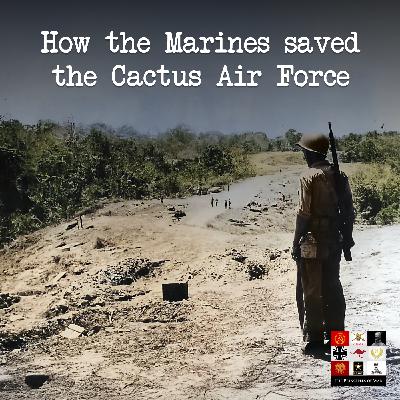
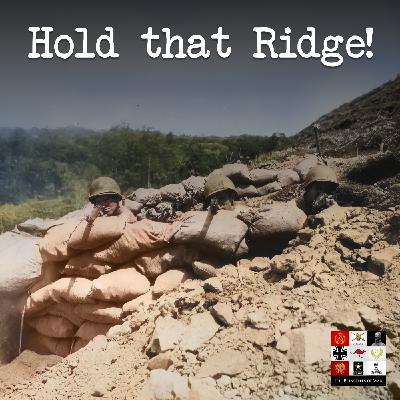
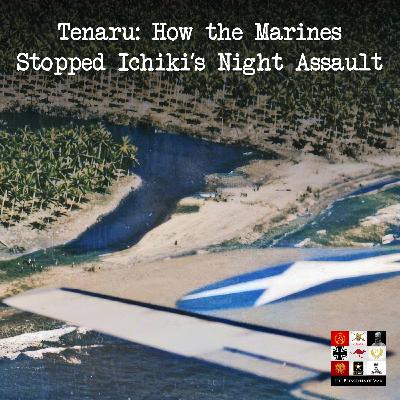
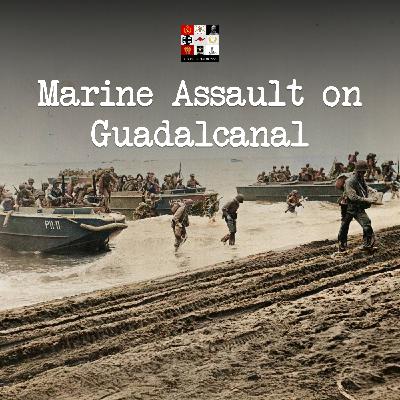
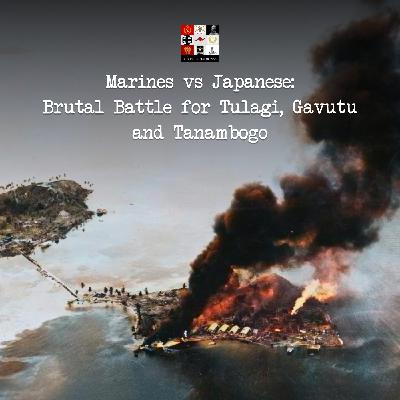
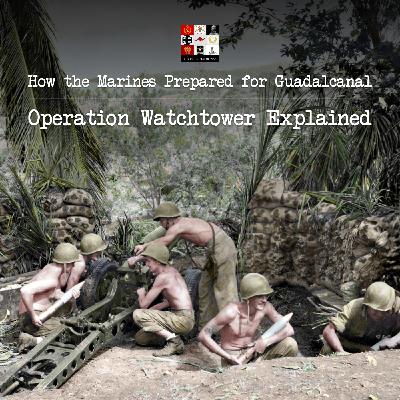
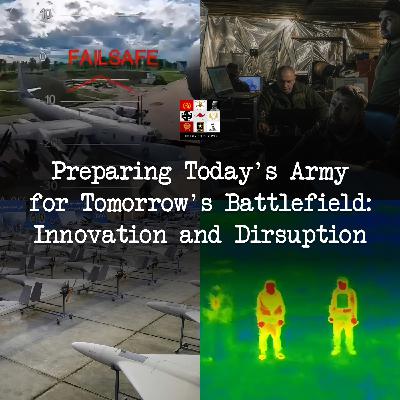
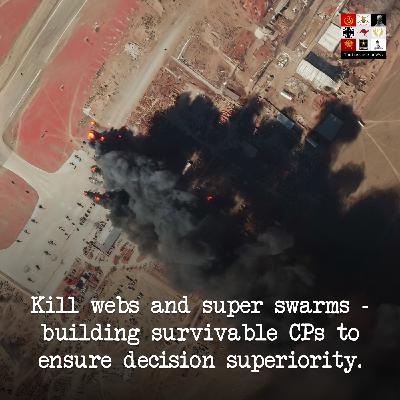
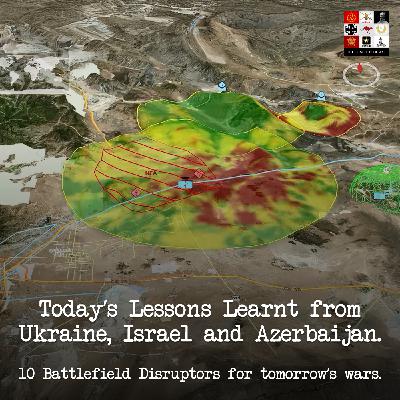
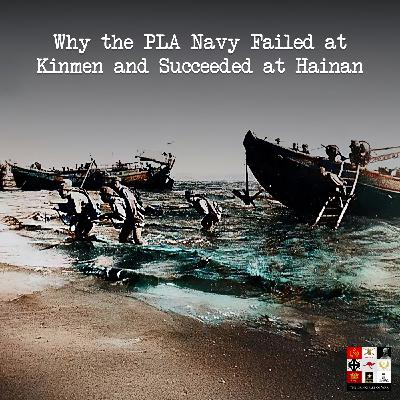
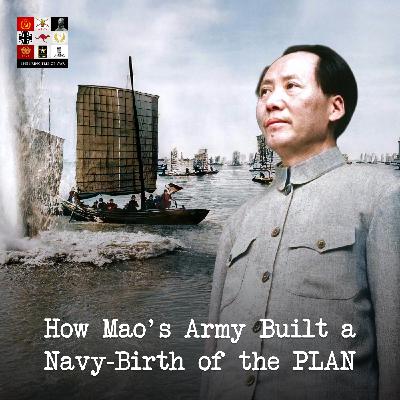
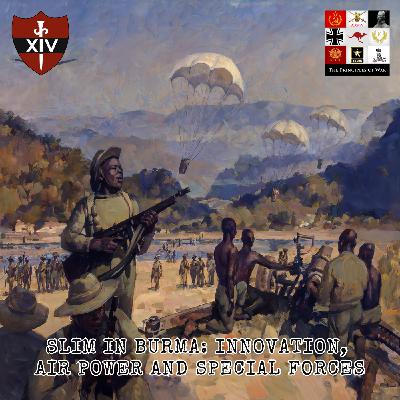
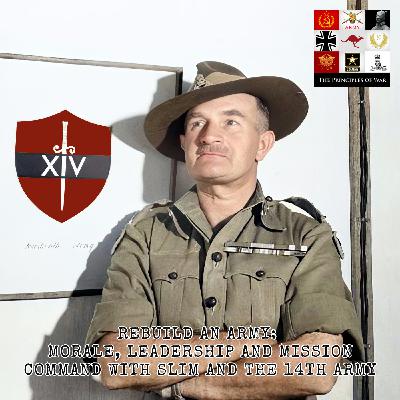
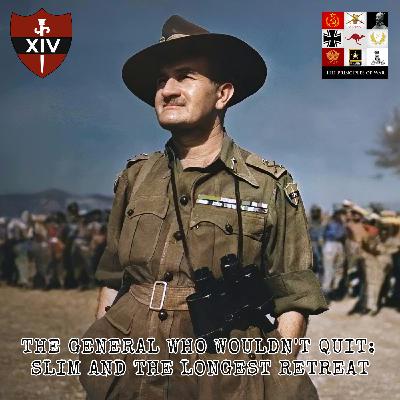
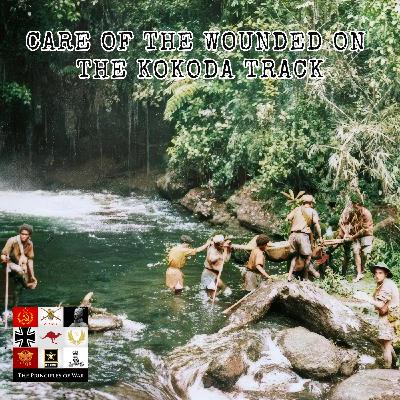
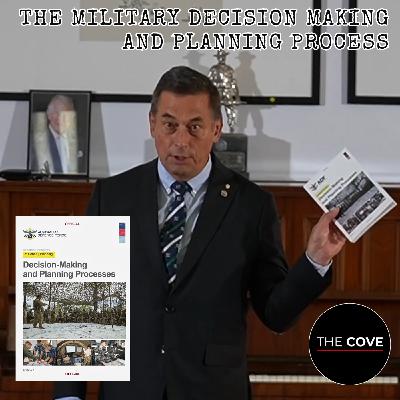
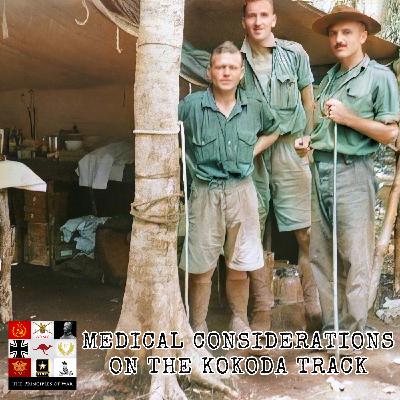






Awesome Podcast. Keep up the good Work ‼️
Great episode!
Just finished episode 1 & 2, enjoying the show. I really appreciate the succinct definition of Schwerpunkt and emphasis on COG analysis.
great series on Long Tan, really interesting insight to the workings of the defense force at the time, thank you
I've enjoyed this series. I taught history and had a strong interest in military history. Most military history is at higher levels of command. The problems and challenges of the small unit commanders get over looked. This series fills that gap very well. Thanks.
Love your show. Keep going. Enjoying the Aussie content.